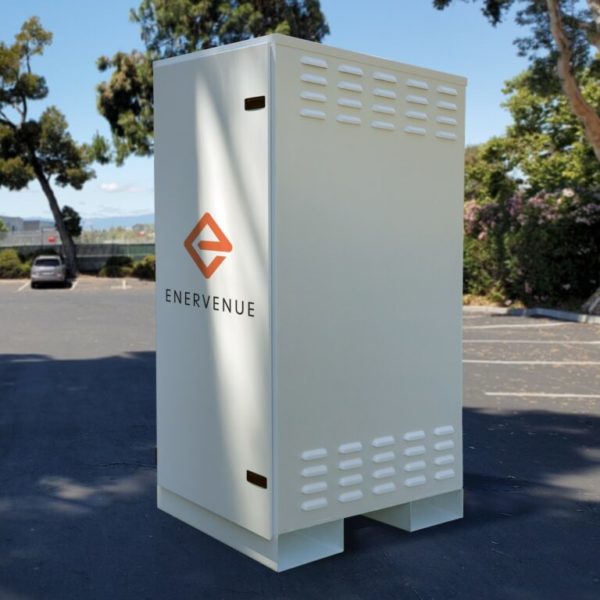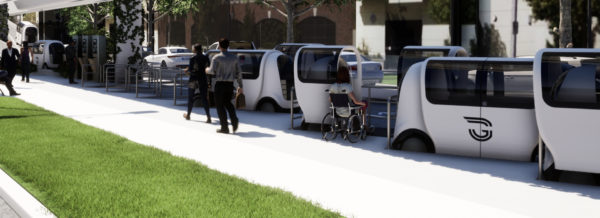In this installment of Startup Sunday, we view three companies making potentially disruptive innovation in energy storage, electric vehicles, and solar energy.
AA battery tech aims for scale
Urban Electric Power (UEP) moved closer to scaling-up as it recently passed a critical heat and fire test for its zinc-manganese dioxide batteries.

Image: Urban Electric Power
The battery chemistry takes advantage of already established supply chains, which have serviced smaller-scale batteries (like AA) for years. Alkaline batteries win praise for their safety, having little to no risk of thermal runway, unlike lithium-ion batteries.
UEP said the modular batteries have personal, residential, commercial, and even utility-scale applications. The company said it aims to operate below $50/kWh in the near future, and ultimately below $20/kWh.
EnerVenue secures $100 million

Image: EnerVenue
Image: EnerVenue
EnerVenue is charging up its nickel-hydrogen battery tech business, securing $100 million in Series A funding.
Launched in 2020, the startup said its batteries could become a go-to workhorse for most large-scale solar and wind operations. For now, the company is focusing on use cases that place a premium on capabilities like microgrids or large renewables projects in remote locations.
EnerVenue said its batteries can operate from -40 degrees Celsius to 60 degrees Celsius, claim a lifespan of 30+ years, can cycle 30,000 times without degradation, have a 2-12 hour duration, and an 80-90% efficiency rate.
EnerVenue said its cost reduction roadmap charts a course to achieve per kilowatt-hour cycling at $0.01.
EV group transit
San Francisco startup Glydways raised $40 million for its small, autonomous electric vehicle for public use. A Glydways vehicle is 10 feet long, 3.5 feet wide, and can carry up to four passengers each.

Image: Glydways
The cars would glide along a five-foot-wide dedicated concrete lane separated from (and potentially even elevated above) city streets. Glydways said the track could be lined with solar panels to produce enough power for the whole system.
The company is one of 23 that submitted proposals to the City of San Jose for a transit system that would link places like Cupertino and the San Jose international airport.
This content is protected by copyright and may not be reused. If you want to cooperate with us and would like to reuse some of our content, please contact: editors@pv-magazine.com.









By submitting this form you agree to pv magazine using your data for the purposes of publishing your comment.
Your personal data will only be disclosed or otherwise transmitted to third parties for the purposes of spam filtering or if this is necessary for technical maintenance of the website. Any other transfer to third parties will not take place unless this is justified on the basis of applicable data protection regulations or if pv magazine is legally obliged to do so.
You may revoke this consent at any time with effect for the future, in which case your personal data will be deleted immediately. Otherwise, your data will be deleted if pv magazine has processed your request or the purpose of data storage is fulfilled.
Further information on data privacy can be found in our Data Protection Policy.